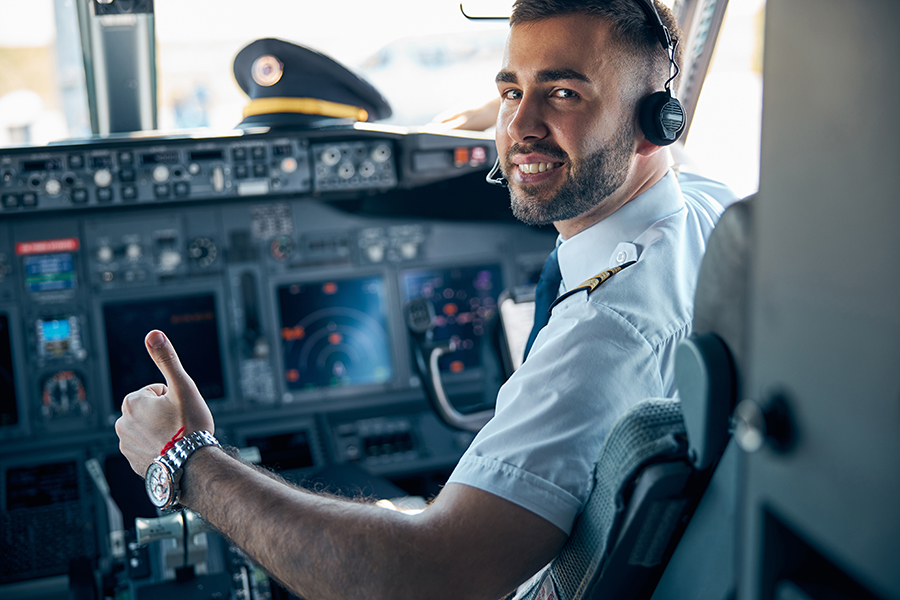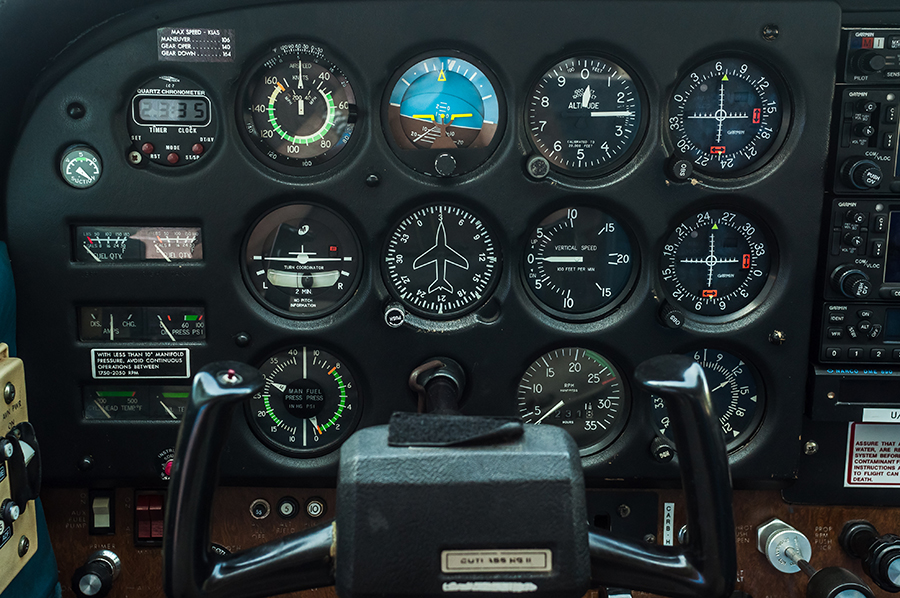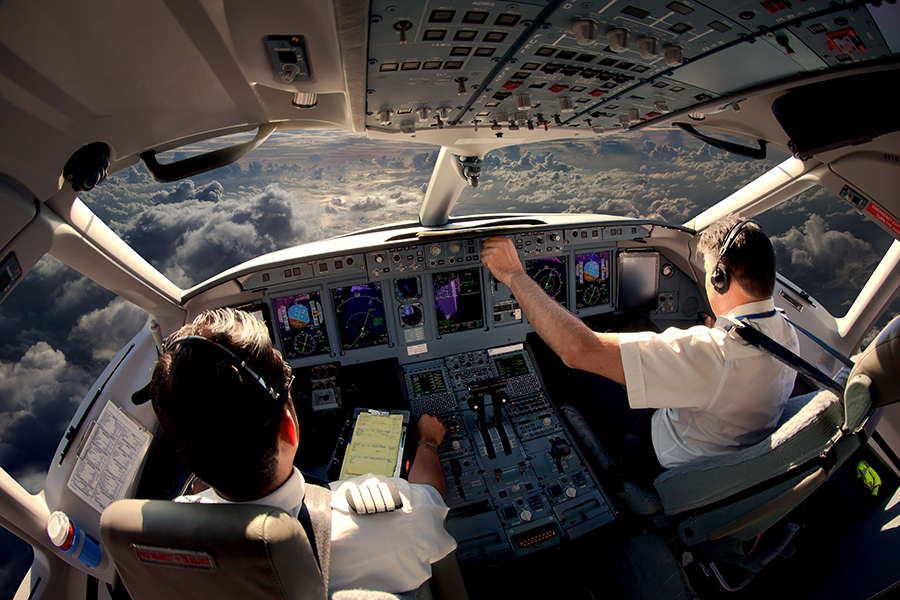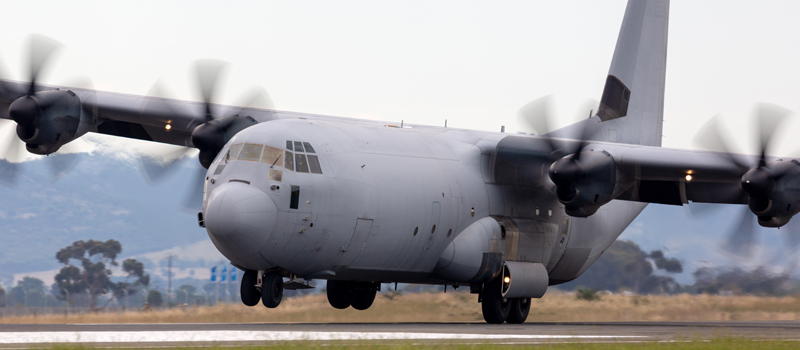-
Is Southwest a Good Airline?
-
The Path to Becoming a Southwest Pilot
- Education Requirements
- Flight Training and Experience Requirements
- Application and Hiring Process
- Onboarding and Training
-
A Typical Day as a Southwest Pilot
- Preflight Prep
- Flying the Aircraft
- Cruise, Navigating, and Landing
- Post Flight
- Rest and Relaxation
-
Is Southwest Pilot Life for You?
There’s no freedom like flying. It’s a magical experience to go from stationary on the ground to cruising through the sky at 500 or more miles per hour. Nothing can touch it.
And no one loves the magic of air travel quite like Southwest Airlines.
In this article, we’ll take a look at what it’s like to be a Southwest pilot and the path you can take to become a member of the Southwest family.
Is Southwest a Good Airline?
In today’s day and age, there are many different options for air travel. The most common is the tried and true hub-and-spoke business model for aviation. It offers a strong structure to serve the surrounding markets of a big hub.
When the name of the game is to save money, a new business model for airlines emerged: the point-to-point system.
This is the first factor that sets Southwest Airlines apart from any other. Instead of having a central hub and a ton of routes from this one location, Southwest tries to maximize the time an airplane gets to fly.
That’s the whole idea of this point-to-point system. Instead of an airplane going back and forth between two airports, it will start its day in Miami, then go to Atlanta, then Dallas, then Denver, then Los Angeles before sitting for the night.
Southwest has shown that this is one of the most profitable business models out there. So profitable, that it started an entirely new class of air travel.
This birthed the “low-cost carrier” style of airlines. Then it gave way to maximizing profits further with the “ultra-low-cost carriers.” The ultra-low-cost carrier model is now known for being one of the worst experiences for travelers.
But that’s where Southwest REALLY stands apart.
Southwest Airlines, known as the “LUV” airline for its headquarters at Dallas-Love Field, prides itself on customer service and offering the most for the least.
One of the biggest reasons for their success is their crews. They have some of the best pilots in all of aviation, sporting an incredible safety record. Not to mention the most welcoming and helpful flight attendants of the friendly skies.
Becoming a flight attendant is difficult, but becoming a pilot is on a whole other level. A pilot is an extremely specialized trade. In the same way that an electrician has to attend a special trade school, pilots have to have specialized pilot training.
So what’s it take to become a pilot for Southwest Airlines?
Well, let’s take a look.
The Path to Becoming a Southwest Pilot
For the most part, the requirements are the same for every major airline.
Here’s a summarized version of what this looks like.
The pilot gets enough hours to get their certificates and then starts instructing until they have enough time built up to get hired at an airline (typically a regional airline). They will work at the regional airline until they have enough hours built up to move to a mainline (major airline) and will move over there. They will stay with these types of airlines until they achieve their personal goal of flying a specific airplane or working at a specific airline.
Education Requirements
Here’s where it gets really beautiful. There are no educational requirements for being a pilot.
To be more specific, there are no post-high school requirements to be a pilot. It’s always recommended to have a degree, though.
Being a pilot isn’t always the most stable career. Uncontrollable events, such as a national tragedy on the scale of 9/11 or a worldwide pandemic, greatly affect whether airlines will be hiring and flying.
A degree offers a fallback and shows that the candidate is committed and willing to continue their education. Pilots are expected to be good members of society as a broad requirement.
That said, other than your flight training, there are no education requirements for any pilot jobs.
Flight Training and Experience Requirements
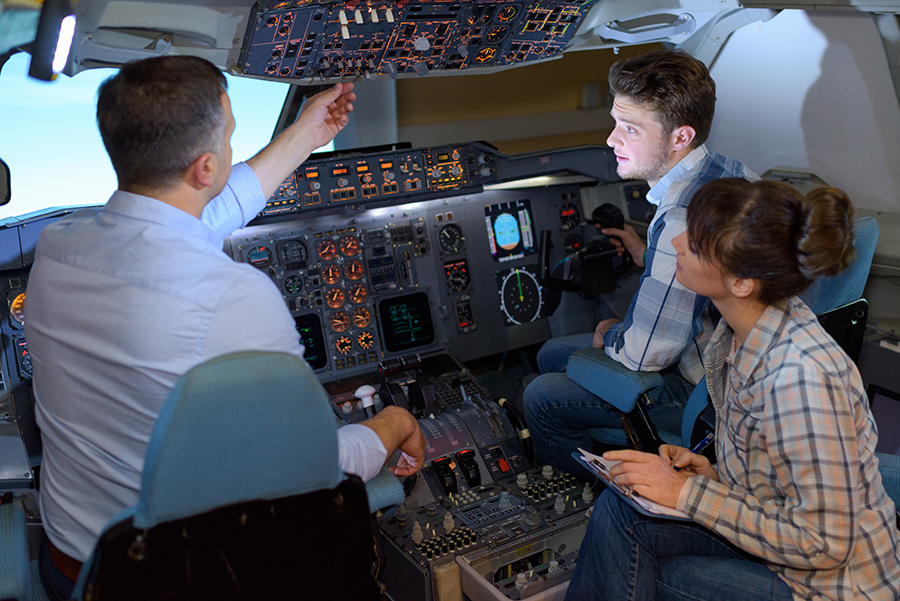
And, we’re back to having actual requirements again.
Honestly, though, this makes sense. It would be pretty terrifying to have a pilot that hasn’t met the Federal Aviation Administration (FAA) requirements to be an airline pilot.
If that didn’t give it away, the number one requirement to being a Southwest Airlines pilot is to have an Airline Transport Pilot Certificate with the “Airplane Multiengine Land” and “English Proficient” displayed on it.
Additionally, you will need a First-Class medical certificate. Which, again, makes total sense (it’s important to have a healthy pilot).
When it comes to actual experience, to be considered as a candidate, you need at least 500 hours in a fixed-wing turbine aircraft. The only way there is an exception to this is if you successfully complete Southwest’s Destination 225 flight training program.
It’s not listed as a requirement because there are always exceptions, but Southwest wants a lot of experience. Most of the pilots come on with around 3000-3500 total hours.
These requirements vary depending on how well your interview goes and if you can prove that you know your stuff.
Application and Hiring Process
The first step is to create a pilot credentials profile. They have the link on their site and all you have to do is follow the steps to sign up.
From there, you keep an eye out for when they are hiring and apply on Southwest’s website.
That’s all there is to the application process!
But there is real work you need to put in on the backend to show that you really want the job and that you are the right candidate.
The process is pretty similar to any airline, actually. The best thing to do is to be friends with pilots at the airline.
It may sound pretty cheesy to say, but in a job that is so incredibly focused on having good crew resource management for the safety of a flight, it makes a lot of sense.
A smart way to do this is by attending a meet and greet for pilots hosted by the airline. The chief pilots will often attend. They are the final say in hiring pilots, so you need to make friends with them to increase your chances of being hired!
The hiring process after being approved is pretty standardized across all airlines as well. It’s mainly just getting the background check, attending orientation, and getting the training done.
Onboarding and Training
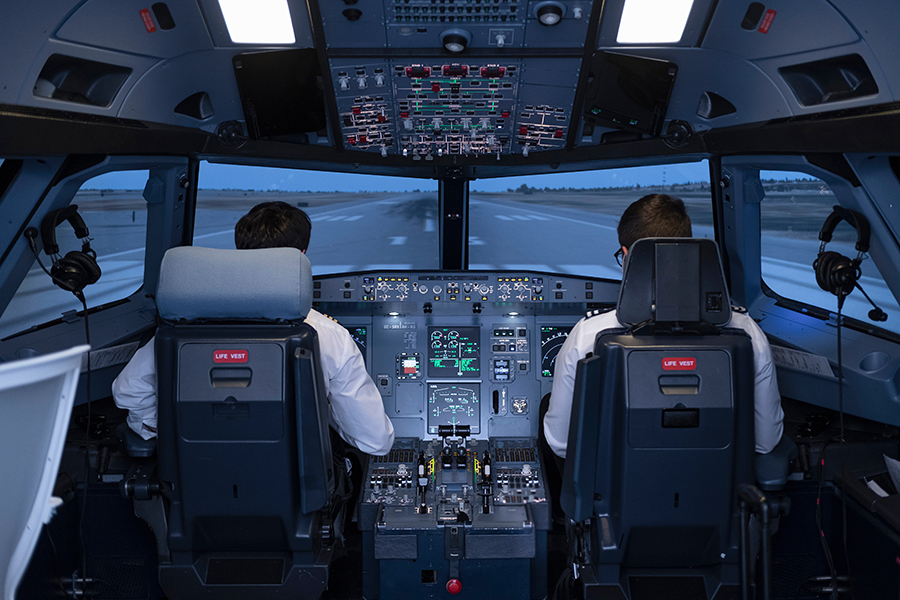
Without a doubt, the most exciting part of being a pilot is onboarding and training. It’s absolutely the best and in no way boring.
Hopefully, the sarcasm is palpable there.
Pilots want to fly. Sure, training is flying, but it’s not much actual flying and more dealing with the paperwork and practicing in the simulators.
Typically, the onboarding process is the most boring because it’s the explanation of your benefits and doing all the boring paperwork to get officially brought on.
Then the training starts.
Southwest Airlines reserves 50 days to get your initial training done. This is where you will be meeting all the proficiency requirements and earning your 737-type rating.
After getting your type rating, you will get 25 or more hours of Initial Operating Experience (IOE) with a training pilot to make sure you’re proficient enough to “go out on the line,” or be able to operate an aircraft safely without supervision.
Once you get all this down, you’re free to go about your regularly scheduled pilot career!
At least until the next year when you will have to do your recurrent training. The name kind of gives away, but it is a yearly training to show you can still operate in emergency situations.
This is for the best because safety is the name of the game for aviation.
A Typical Day as a Southwest Pilot
The life of a pilot is pretty standard. They all show up at the airport, do the preflight stuff, and set out on their trip.
That’s the most simplified view of it. All airlines will have some variation, such as trips being shorter or longer, the times of the flights, and the distance flew, etc.
When it comes to working as a Southwest Airlines pilot, you will see that the trips are mainly made up of 3-day trips. That means day one is when you show up at your base to fly, stay the night on a layover, fly all day the second day, have another layover, and then go home the third day.
Because of logistics and legal rest requirements for pilots, this can reach up to 5 flights a day, as long as they are really short hops. Typically, most trips are 2-3 legs a day.
One of the biggest benefits for pilots at Southwest is that the airline doesn’t operate any red-eye flights, and the average flight time is 2 hours and 30 minutes. This makes for a pretty comfortable schedule.
But, what do these days look like? What goes into a typical day of flying for a Southwest pilot?
Preflight Prep
A big reason why pilots like to fly for airlines rather than charter companies is that they don’t have to do the preflight planning themselves.
That’s right; there are people whose whole job is to write up a flight plan, check the weather, and get it filed with the FAA. This is a giant load taken off the pilots’ shoulders and has proven to make aviation considerably safer.
Regardless, it would be irresponsible of a pilot not to know what they are doing for the flight. Before each and every flight, the pilots start by getting set up on the flight deck, putting away their bags, and making sure the seats and equipment are all in order.
Next, one of the pilots, the first officer or captain depending on who is not the primary pilot for the leg, will put on a safety vest and do a visual walkaround of the airplane to make sure everything is in order. This is a practice that is taught to pilots from day one, so the only real difference is the size of the aircraft and the technical bits that get inspected.
The other pilot that remained in the flight deck will begin reviewing the flight plan and weather on the route to anticipate any possible deviations that may need to occur in flight for a smoother ride for the passengers.
Additionally, they will look at potential turbulence, fuel requirements, taxi routes, take-off, and landing procedures at their current airport, as well as the destination and potential alternative airports if a diversion is necessary.
Then the two pilots will discuss the plan with each other to come to an agreement on all possible scenarios. This is where excellent Crew Resource Management (CRM) comes into play. Both pilots need to feel comfortable that all appropriate precautions are taken by the other and that they won’t create conflict with any disagreements or concerns that may be voiced.
Most of the time, the pilots know each other well and trust each other well enough to not have any issues, but it still is important to have this established before you take off.
Once the pilots are happy with their briefings with each other, they will usually meet with the flight attendants to do a quick briefing of everything. Again, a huge area of importance is comfortability with the flight attendants voicing their concerns and keeping the pilots informed about what’s going on in the cabin.
After all the briefings are done, the airplane will start boarding and the pilots will begin the system checks. The specifics of this will vary depending on the aircraft, but it must be done to ensure a safe flight.
Flying the Aircraft
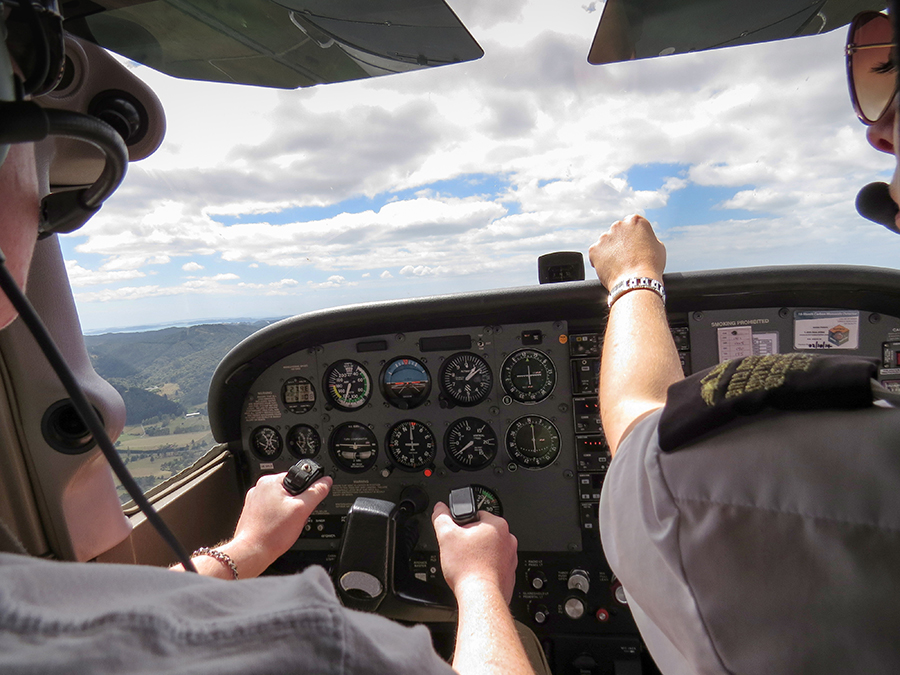
A lot of the work happens when the aircraft is on the ground. The preflight preparation is the most important part because it’s where the prevention of any issues starts.
Of course, unforeseen challenges can always pop up when it’s least expected. The level of engineering that goes into each aircraft though shows that if the airplane is safe and able to get in the air, it will stay there until the pilot decides to land it.
A lot of the work in aviation happens on the ground. Even after the preflight checks, the next big task is taxiing around the airport.
Taxiing is when an airplane moves on the ground.
Taxiing is incredibly important because runway incursions are extremely dangerous and require cooperation between the pilots on the ground, the pilots in the sky, and Air Traffic Control (ATC) monitoring both groups.
The directions that ATC gives must be followed exactly or it could lead to a big issue. Pilots are required to follow what they say unless safety becomes a concern. Then the pilot can do whatever is necessary to ensure a safe flight.
Once the pilot is at the runway though, they have to smoothly take off after receiving ATC clearance. This is when they are doing the most actual hand flying – controlling everything that the airplane is doing without the autopilot on.
After the pilots have clearance, they apply the appropriate power required for take off in their specific aircraft in the specific weather conditions and get going smoothly. Once they hit the right speeds, back pressure is smoothly applied to the yoke, and the airplane full of people will get to experience the miracle of flight.
Cruise, Navigating, and Landing
The part that really gets the most attention is cruising the skies. That’s what people think of the most when they think of pilots.
Funnily enough, this is the easiest part of flying for pilots!
All that preflight planning makes this part of the flight easy. The autopilot is turned on, and it does the majority of minute adjustments to keep the airplane on course.
But weather changes and can make travel a little turbulent and unpleasant. That’s why pilots must constantly monitor the radars to make sure they’re on the right path and no unexpected storms have popped up to disrupt the planned course.
On top of that, Air Traffic Control (ATC) is broken up in a similar way to the United States. There is a big broad umbrella called ATC. Then there are specific stations that monitor the air. Under that, there are smaller stations monitoring smaller areas, with the smallest area at a specific airport.
While pilots are flying, they have to check in with ATC to make sure they are still en route and there aren’t any changes that need to be made. It’s a backup to track the location of the aircraft in addition to the multiple radar systems on the airplane and on the ground.
The amount that pilots and ATC talk to each other increases as they get closer to the destination, and the ground (that’s a relief to know as a passenger).
Communication peaks when it’s guaranteed the airplane will land at that airport. Then it’s essentially radio silence while the pilots safely land and stop the airplane. When taxiing, the level of communication will rise again.
Post Flight
We’ll include everything that happens after landing in this post-flight section, but the flight isn’t technically concluded until the wheels stop moving at the gate.
Just like when taxiing for take-off, there is a ton of communication and coordination to successfully get the aircraft to the gate. But it happens flawlessly multiple times every day because of the excellent camaraderie between the pilots and ATC.
Once the airplane is at the gate, there is a post-flight check of all the equipment again.
One funny thing about aviation is that people forget stuff, so they follow checklists for pretty much every single process. It provides consistency and ensures nothing is skipped by accident.
If there is any sort of discrepancy in equipment or planned levels of anything, such as fuel, it must be documented.
This level of security ensures everything remains safe and in working condition.
There may also be a post-flight brief between the pilots and flight crew. For the most part, it’s standard stuff. Sometimes though, it can be corrections for the future or just tips to make the flight process easier all the way around.
Rest and Relaxation
Being well-rested and relaxed might be one of the most important parts of being a pilot. It’s important to make sure the pilots are well taken care of to ensure the safety of the flight.
That’s why the pilots like to have their hotel shuttle already waiting for them when they get off the airplane. The less time spent waiting results in more time to rest.
After flying, hopping on a shuttle to the airport is when a lot of friendships are established. For longer layovers, people will use the drive to plan how they will spend their layovers together.
When you’re at a cool destination, you need to make the most of it. When the career keeps you away from your family, you might as well get the best out of the situation.
The main thing, though, is to ensure the pilots are well rested to effectively carry out the duties of flight for the next day.
Is Southwest Pilot Life for You?
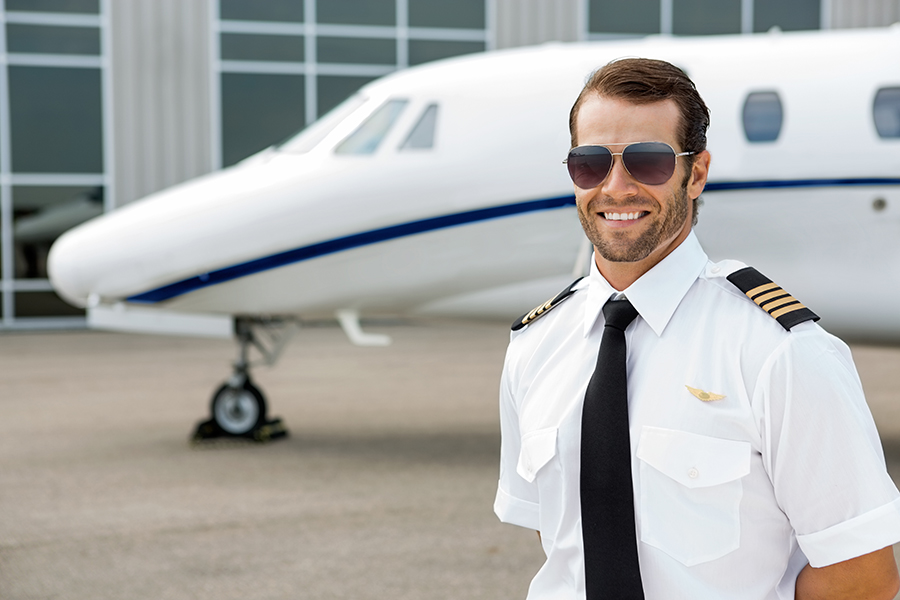
Just like any job, there are positives and negatives. It may seem crazy, but even the crazy cool career of being an airline pilot, where you get to travel the world while flying airplanes, has negatives.
Easily, the biggest downside is being away from home. For the unmarried pilot, this isn’t nearly as difficult as it is for pilots with families at home.
But being away can be difficult to build strong friendships and relationships in general. That’s why it’s so common for people in aviation to have friends in the industry.
That’s really the biggest downside to this career.
For the most part, being paid to fly airplanes and travel the world is worth it.
Any job is what you make it.
If you’re going to go for a career that has the potential for a bit of isolation, though not at an insane level, then you should make sure you capitalize on the other perks.
Traveling gives the opportunity for so much. Engaging in new cultures, exploring new areas, and meeting new people. The possibilities are endless.
Southwest has a unique culture of caring for its employees that makes it incredible. Where most airlines simply have employees, Southwest has “Cohearts.”
The company emphasizes the “LUV” they have for each other in the naming, but they host a myriad of events at all their locations to encourage friendships between “Cohearts”.
Happy employees make for happy customers. So, if you’re going to be a pilot, you should go work for an airline that is invested in taking care of its employees the most. None do that more than Southwest Airlines.
